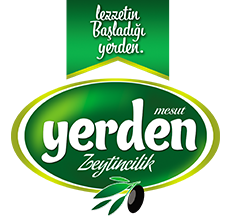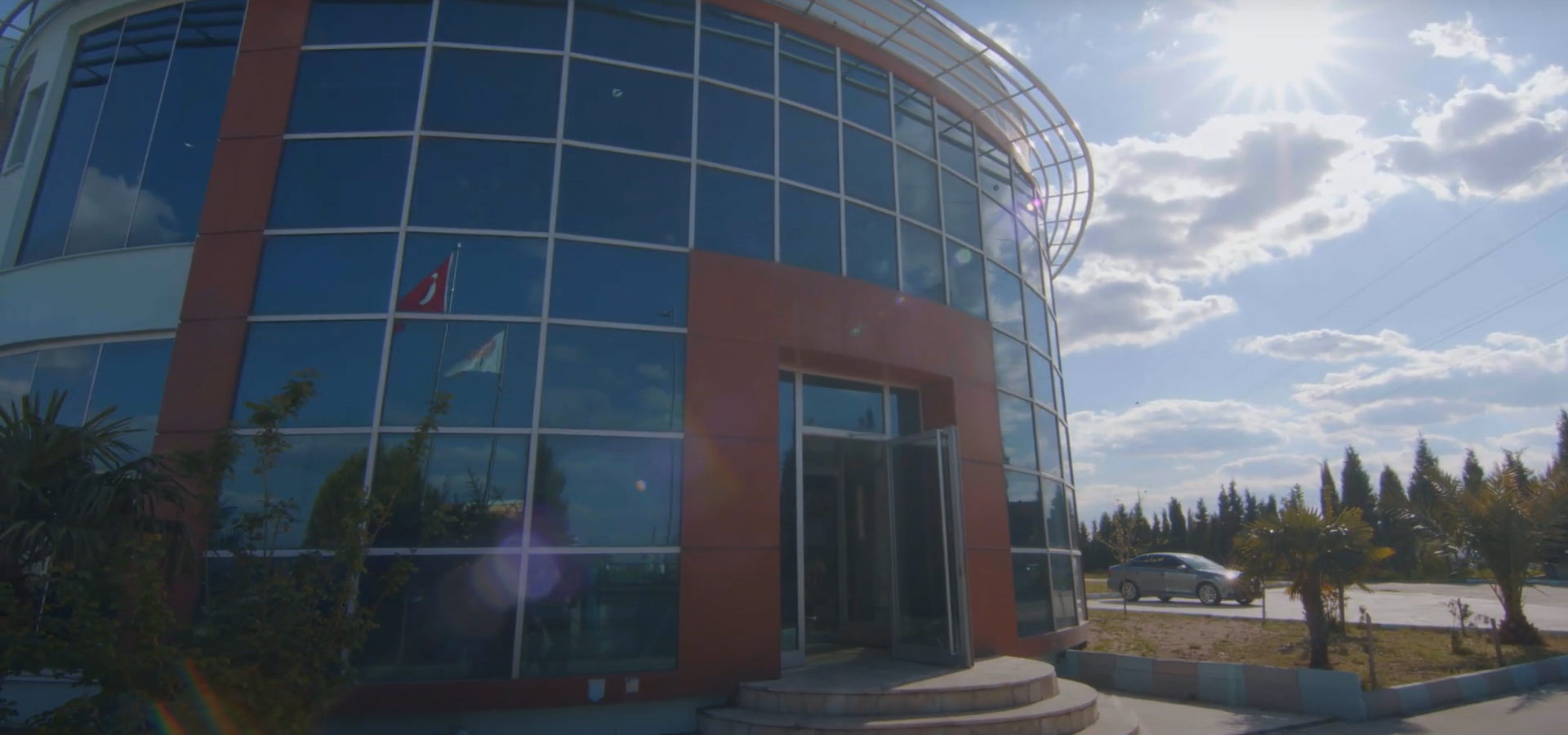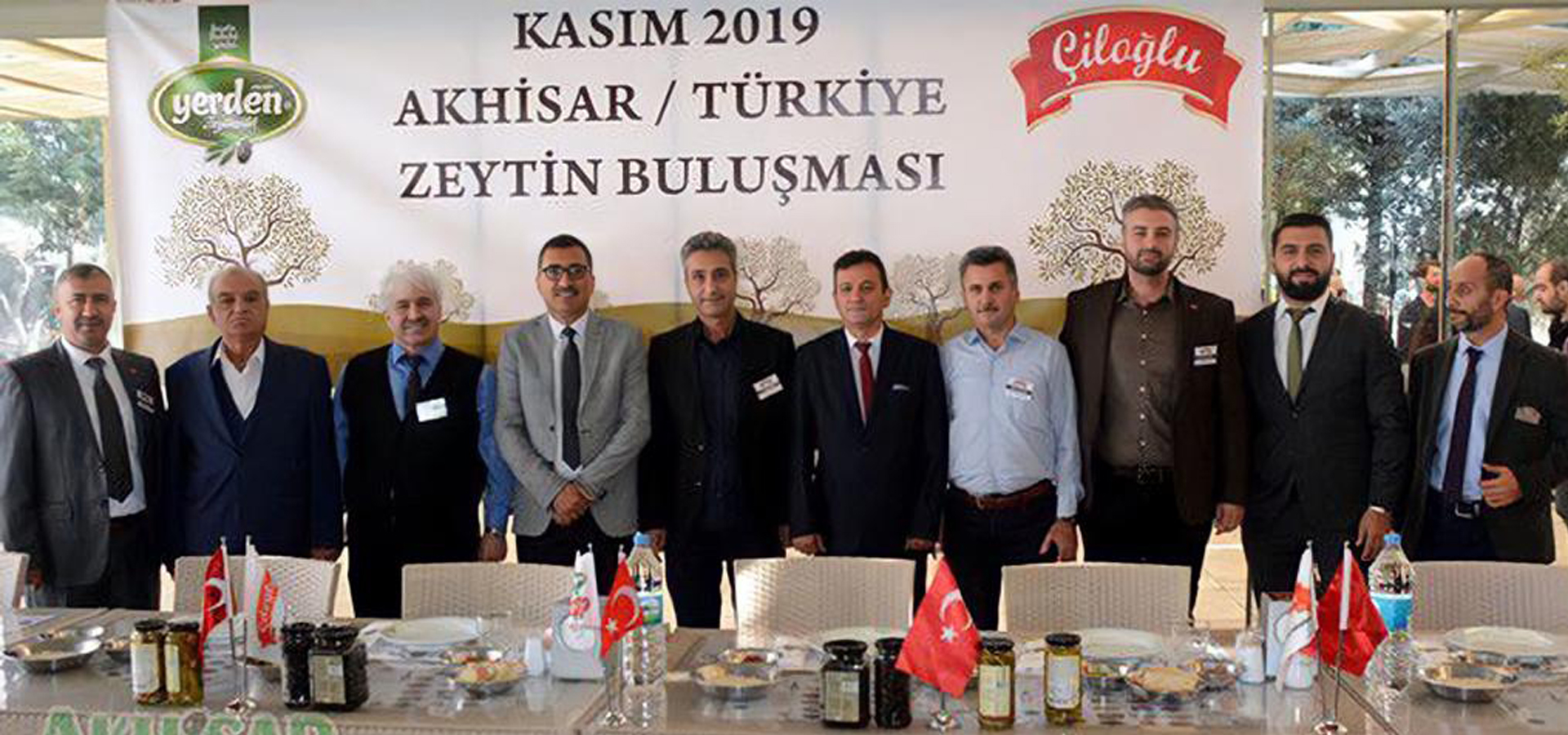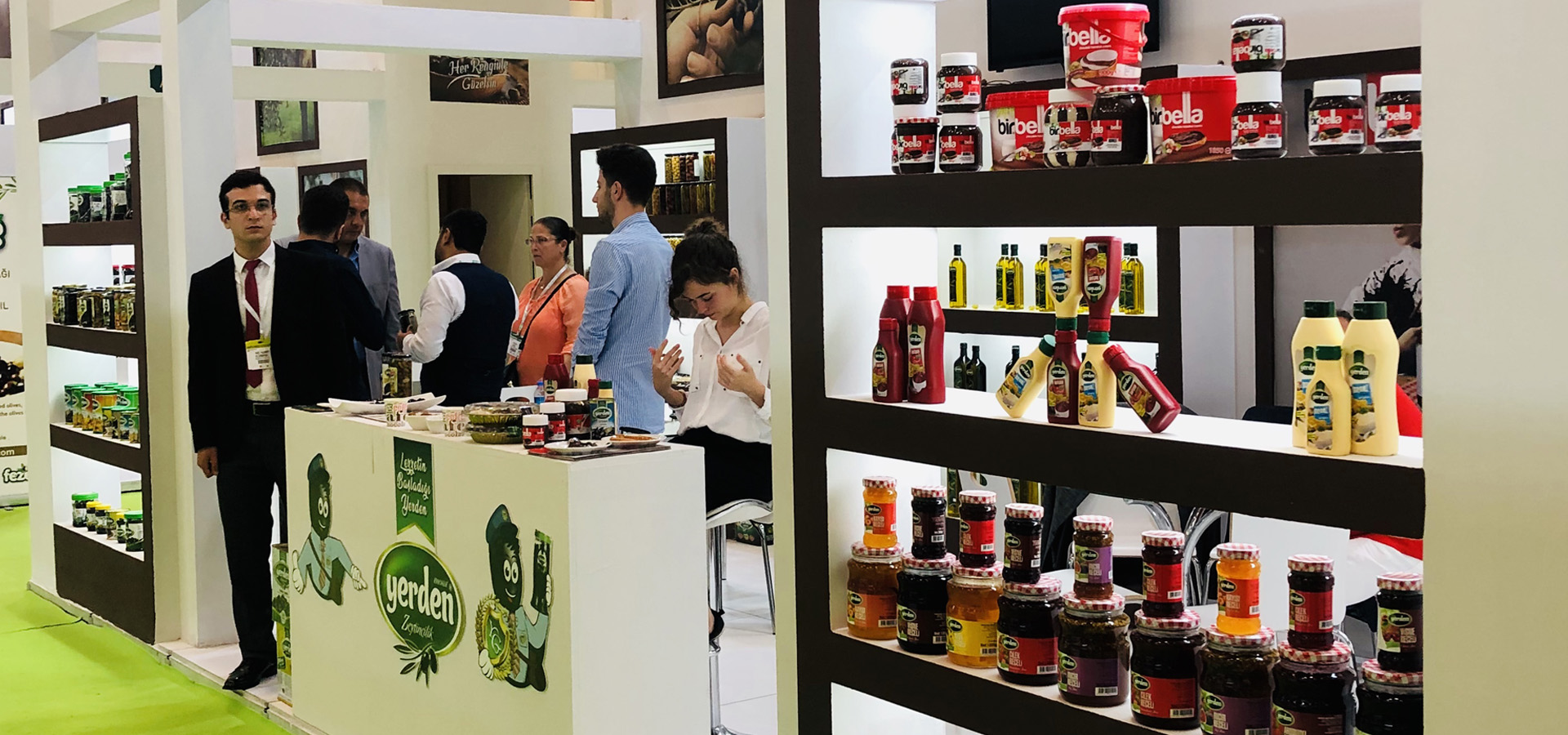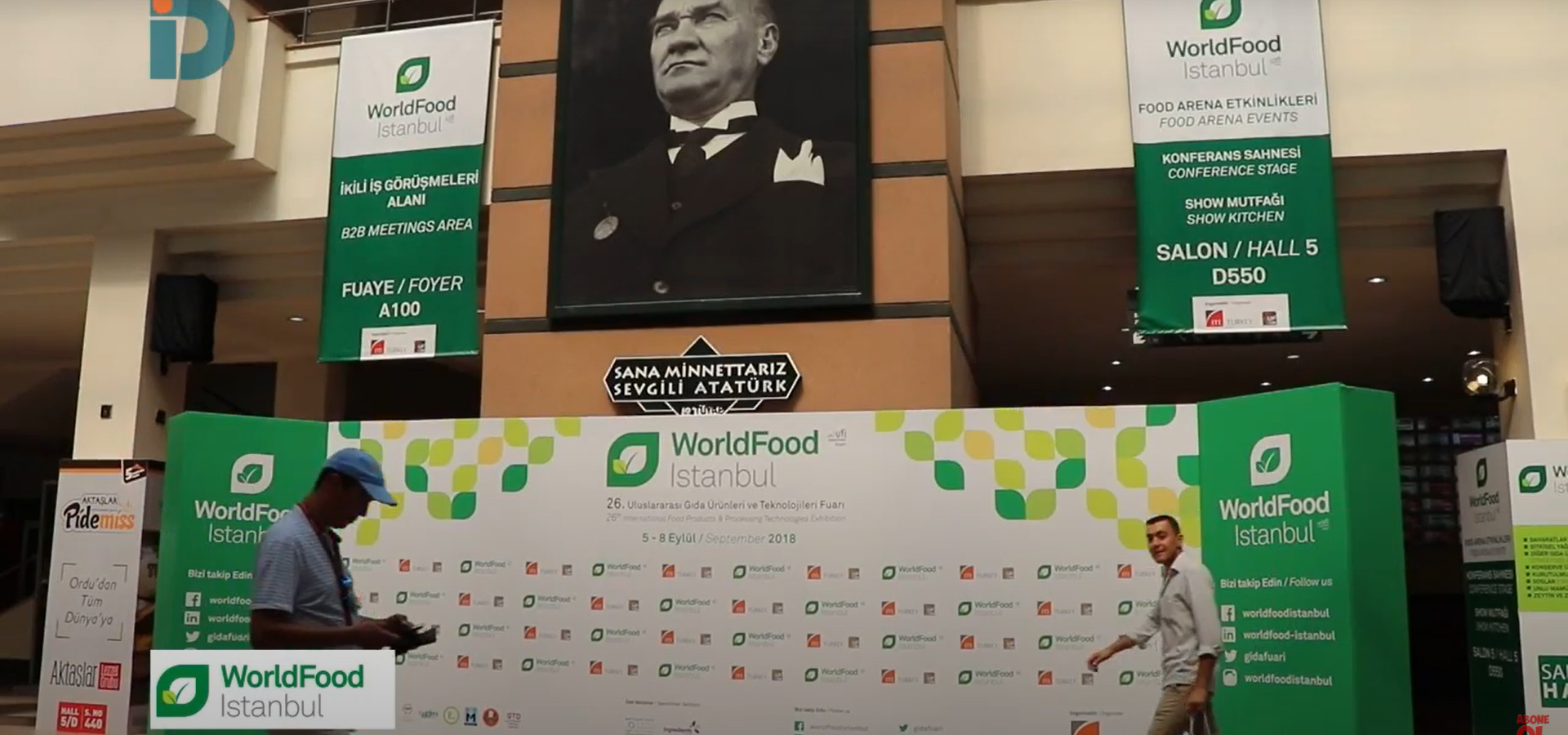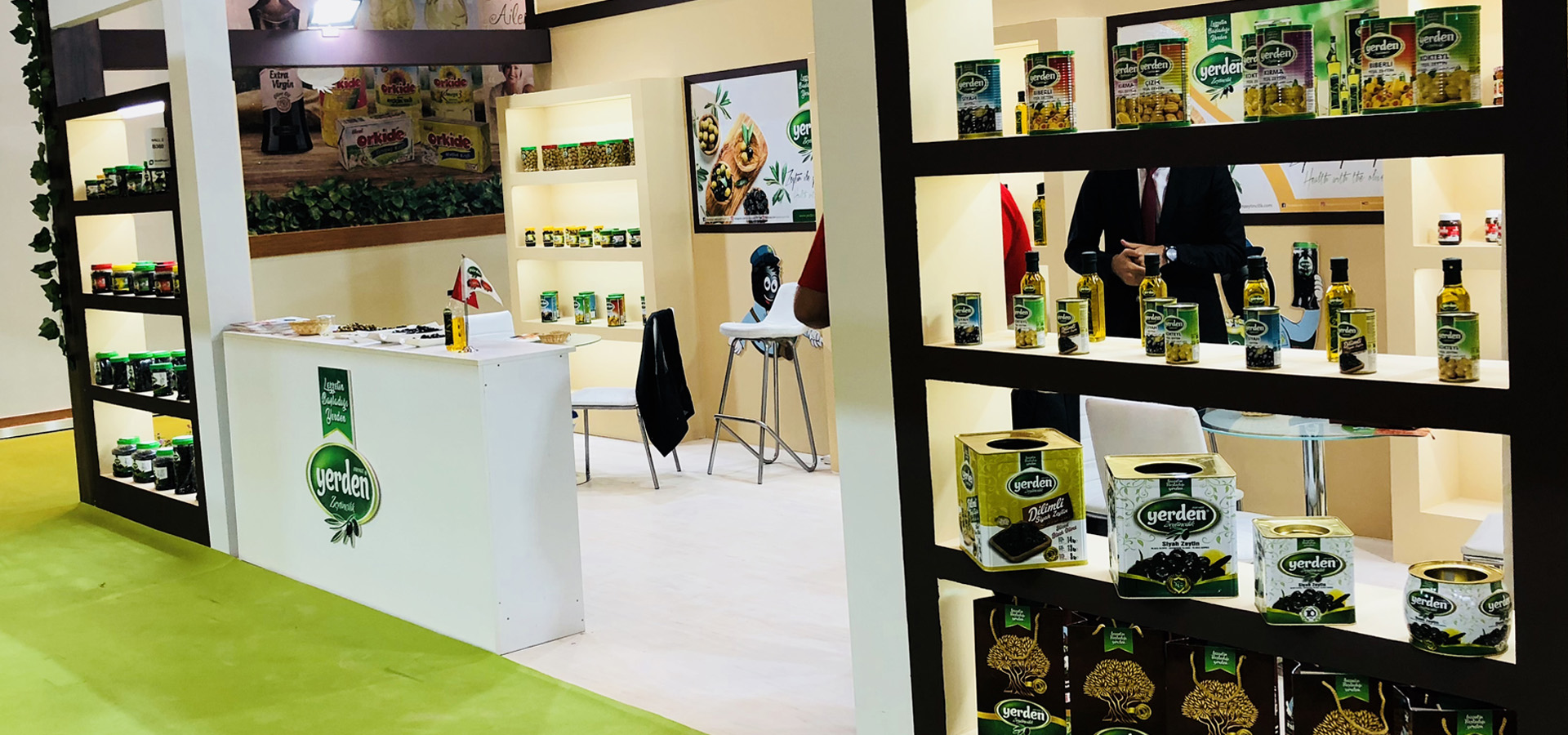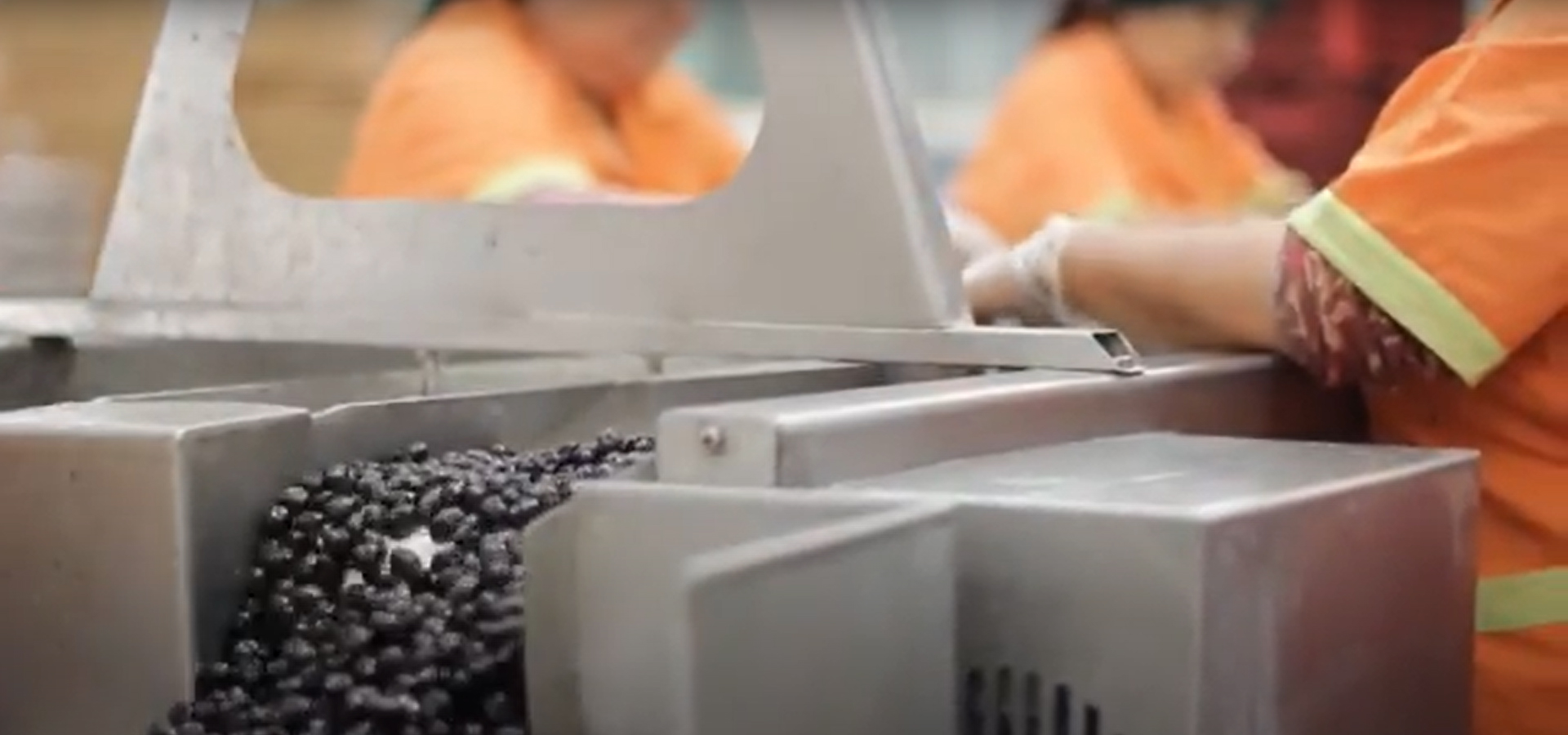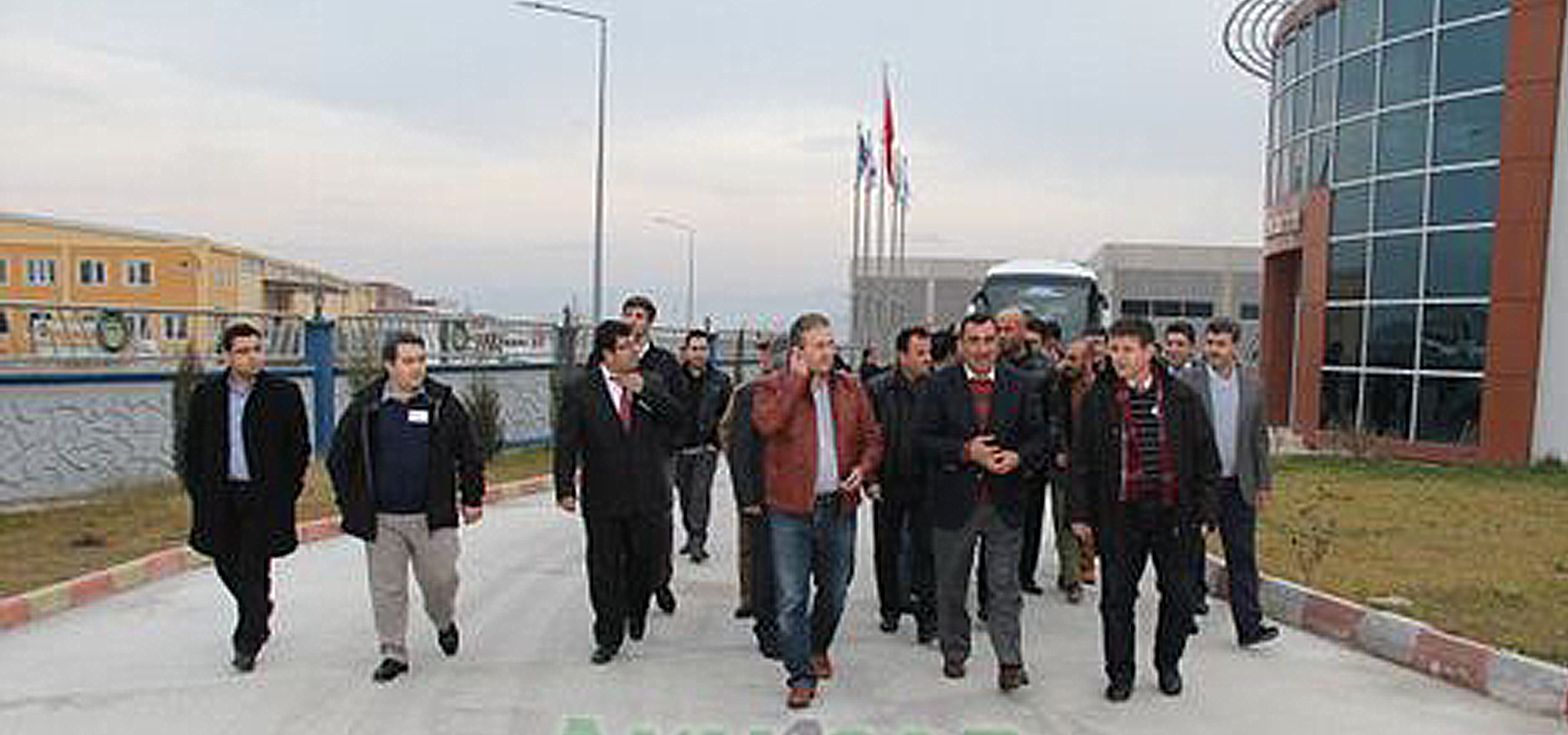About Us
From Where[Yerden] Flavor Begins...
"Right place[Yerden] for qualty..."
It started its operations in 2005 with 17.000 m2 open area, 7.000 m2 closed area and 2000-ton olive processing wells in the Organized Industrial Zone in the Akhisar district of Manisa. Yerden Zeytincilik, which has spread all over Turkey on a national basis, is constantly expanding its sales network worldwide. It is a brand of Yerden Gıda Ltd. Şti., which has been operating since 2008.
Engrained Organization
Yerden Gıda Ltd. Şti. It has a large market share in Eastern Anatolia and Southeastern Anatolia with the brands "Mesut Yerden, Zeycan, Sezginer, En-Nas". At the same time, it has aimed to market its products all over the world, especially in Turkey. Yerden Gıda. Our goal is to produce high quality products. For this purpose, we manufacture our products in our facilities that comply with ISO 9001 and ISO 22000 standards.
From production to the store, to your table with all its naturalness...
Our aim; To be able to see our branded products on the shelves of domestic and international sales stores by growing the most valuable olive trees of our region and using our production experience.
Our Packaging Groups
In addition to working with the following packaging groups and weights, we already have machinery, equipment and working order suitable for other weights and packaging types.
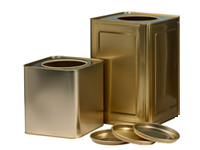
Tin Group
700 g BARREL, 1300 g CYLINDRICAL, 2000 g Angular, 9 Kg Angular and 10 Kg Angular Tins
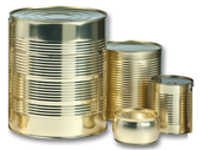
Doze (Canned) Group
130 g, 350 g, 600 g, 2500 g Doze Tins

Pet Group
200 g CYLINDRICAL, 500 g CYLINDRICAL, 600 g CUP, 700 g SQUARE, 900 g PYRAMID, 1300 g PYRAMID, 1500 g CUP, 1900 g CORNER Pets

Glass Jar Group
300 g CYLINDRICAL, 600 g SQUARE, 1000 g SQUARE Glass Jars
Our Capacities

Raw Material Stocking
2.000 Tons/Year
Production and Packaging
5.000 Tons/Year
Export
11 Countries
Factory Area
17.000 m2Our Brands





Brands That Meet With Our Quality







Our Products
Our ever-increasing product portfolio
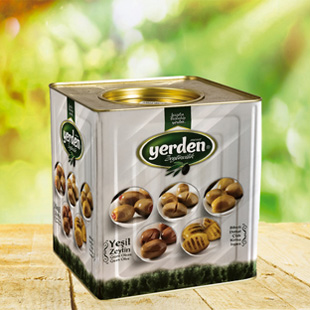
9000 g Pickled Green Olive
Cocktail Domat
Cracked Domat
Scratched Edremit
Pitted Domat
Grilled Domat
Stuffed with Peppers Domat
Green Olive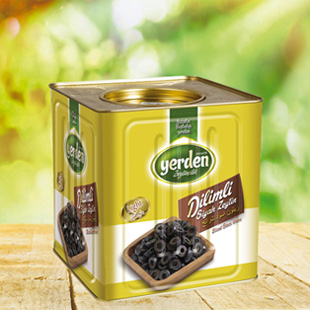
8000 g Sliced Pickled Black Olive
Black Olive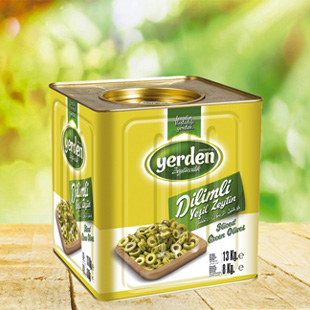
8000 g Sliced Pickled Green Olive
Green Olive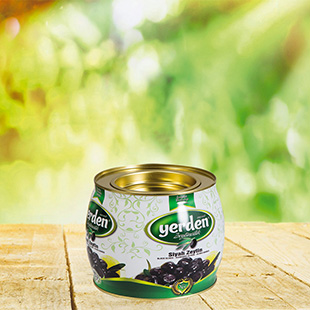
1300 g Oiled Black Olive
Small | 351-410 clb | 2✯
Medium | 291-350 clb | 4✯
Large | 231-290 clb | 6✯
XLarge | 181-230 clb | 7✯
Black Olive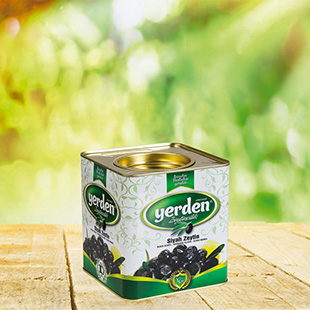
2000 g Oiled Black Olive
Small | 351-410 clb | 2✯
Medium | 291-350 clb | 4✯
Large | 231-290 clb | 6✯
XLarge | 181-230 clb | 7✯
Black Olive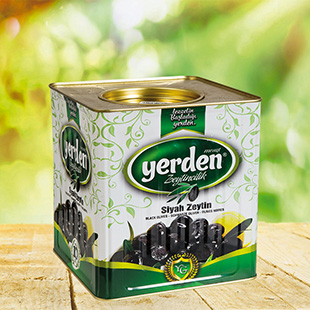
9000 g Oiled Black Olive
Small | 351-410 clb | 2✯
Medium | 291-350 clb | 4✯
Large | 231-290 clb | 6✯
XLarge | 181-230 clb | 7✯
Black Olive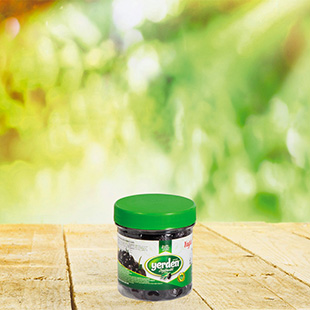
200 g Oiled Black Olive
Small | 351-410 clb | 2✯
Medium | 291-350 clb | 4✯
Large | 231-290 clb | 6✯
XLarge | 181-230 clb | 7✯
Black Olive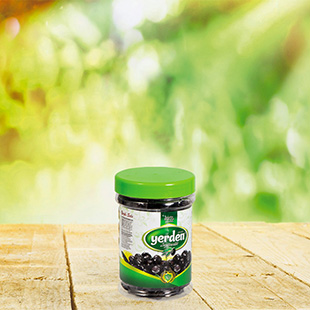
500 g Oiled Black Olive
Small | 351-410 clb | 2✯
Medium | 291-350 clb | 4✯
Large | 231-290 clb | 6✯
XLarge | 181-230 clb | 7✯
Black Olive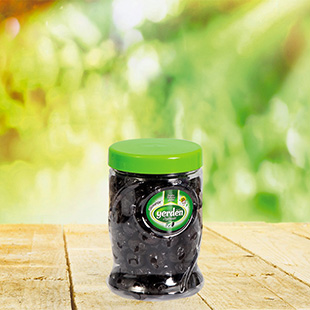
600 g Oiled Black Olive
Small | 351-410 clb | 2✯
Medium | 291-350 clb | 4✯
Large | 231-290 clb | 6✯
XLarge | 181-230 clb | 7✯
Black Olive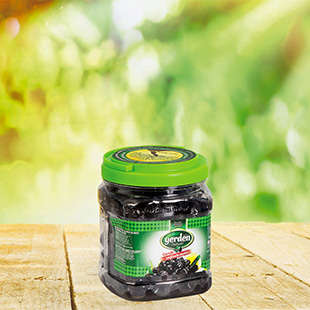
700 g Oiled Black Olive
Small | 351-410 clb | 2✯
Medium | 291-350 clb | 4✯
Large | 231-290 clb | 6✯
XLarge | 181-230 clb | 7✯
Black Olive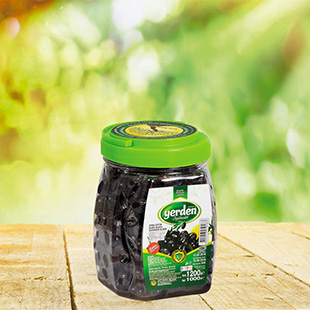
1000 g Oiled Black Olive
Small | 351-410 clb | 2✯
Medium | 291-350 clb | 4✯
Large | 231-290 clb | 6✯
XLarge | 181-230 clb | 7✯
Black Olive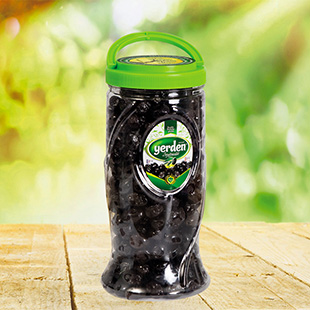
1500 g Oiled Black Olive
Small | 351-410 clb | 2✯
Medium | 291-350 clb | 4✯
Large | 231-290 clb | 6✯
XLarge | 181-230 clb | 7✯
Black Olive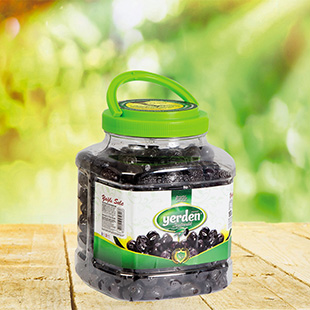
1900 g Oiled Black Olive
Small | 351-410 clb | 2✯
Medium | 291-350 clb | 4✯
Large | 231-290 clb | 6✯
XLarge | 181-230 clb | 7✯
Black Olive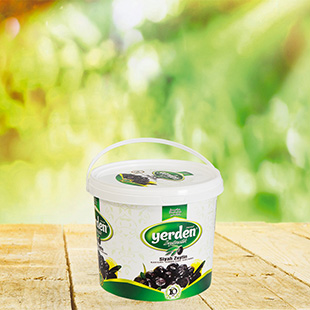
2000 g Oiled Black Olive
Small | 351-410 clb | 2✯
Medium | 291-350 clb | 4✯
Large | 231-290 clb | 6✯
XLarge | 181-230 clb | 7✯
Black Olive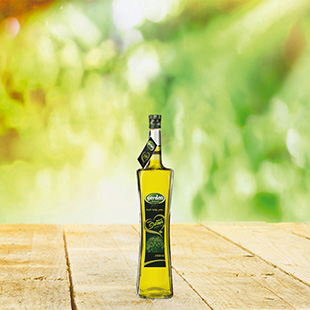
250 mL Olive oil
Extra Virgin
Riviera
Olive oil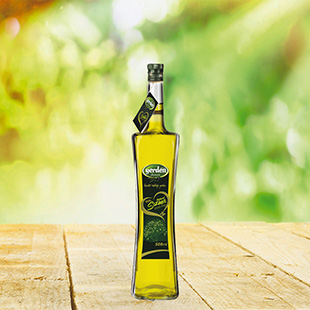
500 mL Olive oil
Extra Virgin
Riviera
Olive oil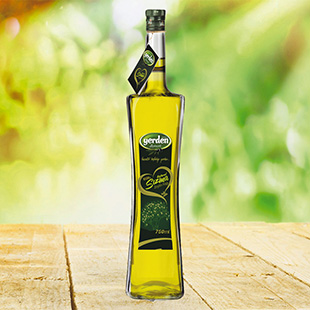
750 mL Olive oil
Extra Virgin
Riviera
Olive oil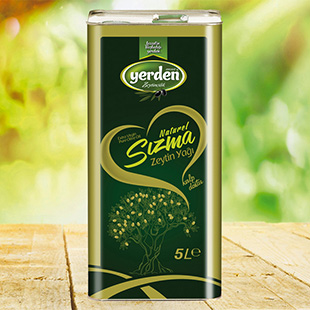
5 L Olive oil
Extra Virgin
Riviera
Olive oilQuality Cycle
Quality and taste are not accidental.
OLEA
Unlike any other fruit tree, the olive (Olea europaea L.) has played an important role in human life during food and cultural development. It has a functional place in the agricultural system of many countries, has gained great importance in socio-economic life for centuries.
Farms
The oldest available data on the olive tree are 39,000-year-old olive leaf fossils unearthed in Medium during archaeological studies on Santorini Island in the Aegean Sea. In the archaeological researches carried out in the Sahara region in North Africa, it is BC. Findings of 12,000 olive trees were found. It is not known when and by which civilization the first olive harvest was made.
Data on the first agricultural use of olives were found in the Eastern Mediterranean, within the borders of Syria, and its history dates back to 6,000 BC. The data show that the olive spread from here to the world from three branches. The fact that the lowest species of olive tree has been found in Hatay, Kahramanmaraş and Mardin strips in recent studies confirms this judgment.
Having completed its first settlement in Anatolia, the olive extended to Western Anatolia and from there to Greece, Italy, France and Spain via the Aegean Islands. The olive, which spread to North Africa via Sicily, united with the second branch that came out of Southeastern Anatolia and proceeded through Syria and Egypt, and thus spread to all the southern coasts of the Mediterranean.
Cultivation
The olive tree is a species in the natural vegetation of the Mediterranean basin. Although it adapts to all kinds of soil, well-kept cultivars grown in good soils yield good products. It is inconvenient to plant in lands that are 1 m above the groundwater.
The genetic characteristics of the variety determine its resistance to insufficient soil or climatic conditions, diseases and pests, early yield, quality and quality of the product, regularity of yield and maturity date.
Pruning
In order for the sapling to develop strongly, the first two years should be taken care of very well. During this period, the shoots above 40-50 cm from the soil should be tipped. The seedlings are pruned after two years. For this, it is shaped by leaving three branches with regular distribution at 15-20 cm intervals from the 60-100 cm high trunk. Light pruning should be preferred in the youth period of the olive tree, and the main pruning should be started during the crop period.
The most common form of pruning in our country is hard pruning after harvesting. This method is definitely not recommended as it increases the severity of periodicity. Instead, regular and light pruning every year ensures that the tree is healthy and that we get crops every year. It has been observed that the olive grains on the upper and outer surfaces of the tree are larger and contain more oil, while the oil rate and size of the fruits in the Medium part are at Medium level. It has been determined that the fruits in the interior of the tree, which does not receive light, are small and the oil rate is low. It is understood from this that making the most of the sun's rays in every part of the tree should be the main principle in pruning.
Blooming
The olive tree, which is densely branched and never leaves its leaves in winter, blooms on a stem that emerges from the axils of its leaves, with a white-outside yellow-scented flower inside. Its fleshy and oily fruits, which first turn green and then turn bright black after ripening, begin to be collected from the beginning of October. The oil is extracted from the fruit, as well as dried and consumed as a table. The olive tree yields abundant crops one year and less the next year.
The leaves are said to be sugar-lowering and blood pressure regulators when consumed as tea. Olive oil is rich in vitamins A and E.
Harvest
In green tableware, the fruits should be picked when they turn from olive green to yellow. During this period, the grains reached normal size and gained a more elastic structure. In black tableware, the darkening must have passed from the peel to the fruit flesh and the grain must have reached normal size. In oil olives, on the other hand, when there is no green fruit left on the tree, the peel is easily separated from the flesh, and the seed of the fruit squeezed between two fingers can be easily separated as practical signs.
The biggest mistake made in our country because of not paying attention to how delicate the olive is, is that the transport to the factory is done in dirty sacks instead of clean plastic crates. The idea that olives increase in oil as they stand is completely wrong. This process only leads to an increase in the acidity of your oil. After the harvest, the product should be taken to the factory immediately and oil should be obtained without waiting there.
Packaging
The most precious olives of our country are presented to our tables by processing raw olives in hygienic environment in accordance with food safety rules and packaging with modern techniques. In our production facility, the entire process is carried out in accordance with TSE EN ISO 9000 quality system and TSE EN 22000 food safety systems and has been certified by TSE. Black olives extracted from our own wells are separated and washed with clean water. Then, the olives are taken to the selection process in order to remove the defective grains. In the selection band, defective grains that do not comply with the standards are separated. After the selection / sorting process is completed, according to the way the olive is presented to the market, tin, jar, pet, barrel, vacuum, etc., with suitable machines. The filling process is carried out in the packages.
News From Us
We owe our recognition to our quality and delicious products.
Contact Us
Everything for you to reach us...
Contact information
You can reach us from our contact information or send your requests, suggestions and complaints using the contact form..

